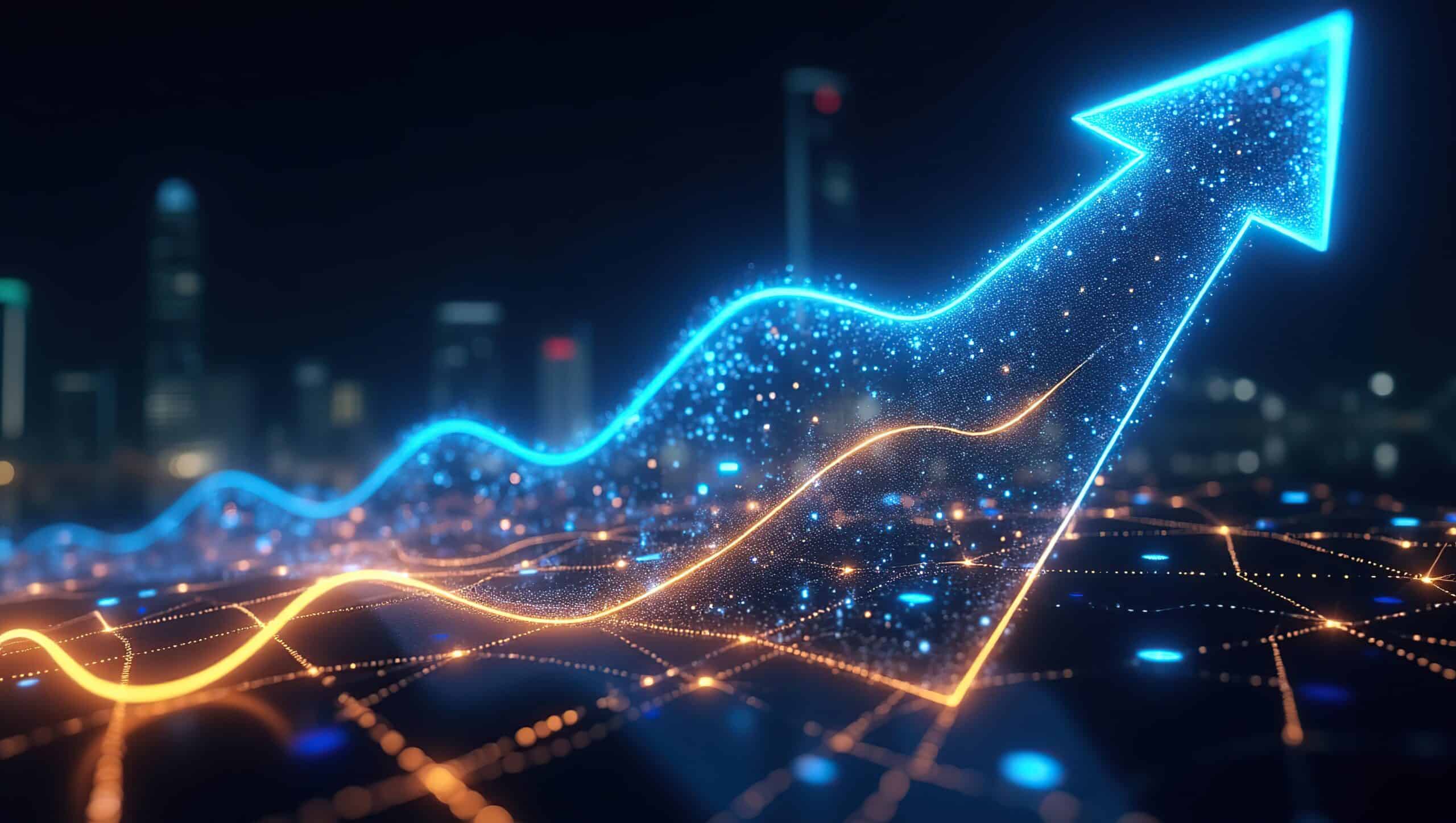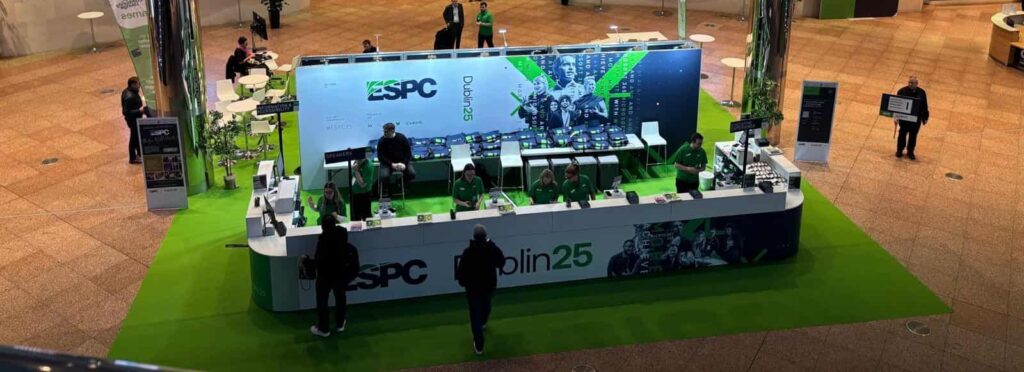As we are halfway through 2025, now is a good time to sit back and evaluate the rising tech trends we have seen so far.
🤖 AI –
The biggest tech topic of 2025, Artificial Intelligence (AI) refers to the simulation of human intelligence in machines that are programmed to think, learn, and make decisions. Until now, access to AI within the workplace has been search and discover based, however, with the advent of AI agents, reasoning can now be added to discovered results. Businesses can harness AI in a variety of ways to improve efficiency, reduce costs, and gain a competitive edge. For example, AI can automate routine tasks such as data entry or customer service through chatbots, analyse large datasets to uncover insights and trends, personalise marketing efforts based on customer behaviour, and optimise supply chains by predicting demand. By integrating AI into their operations, businesses can automate repetitive tasks, have fact finding, discovery and ‘heavy lifting’ performed on schedule and quicker than before, to facilitate and enable humans to make smarter decisions faster, enhance customer experiences via AI output, and innovate more effectively. AI is everywhere and like it or not, will be a big part of our future. There are lots of mixed opinions out there and it really does give you some things to think about. The caveat, is that the output must be reviewed before consumption or distribution as mistakes are entirely possible and it is not necessarily the definitive truth.
💭 The big questions:
Will AI replace some jobs in the future?
How much does this impact on the environment?
What about the health risks, is overusing AI damaging our brains?
❌ Disinformation Security –
With the rise of AI, it’s getting harder to spot what is real with fake news and deep fakes on every major platform. There are several cutting-edge technologies being developed and used in 2025 to help detect AI-generated content, as the need for transparency and authenticity grows. Here are some of the most notable:
- Linguistic Pattern Analysis: AI-generated text often exhibits subtle but detectable patterns, such as repetitive phrasing, unnatural sentence structures, and limited variation in tone. Tools analyse these traits to flag content that may not be human written. With more ‘AI-based’ cold calling being experienced, a common way to verify AI vs human callers is to respond with a completely random and unexpected word that the AI training will not have exposed the AI to, a simple but effective technique to detect this yourself.
- Metadata and Source Verification: Some detection methods involve examining metadata (like timestamps or editing history) and cross-referencing sources to identify inconsistencies or signs of automated generation. More and more content now is having metadata added to facilitate this verification.
- Invisible Watermarking: Google introduced SynthID, a tool that embeds invisible watermarks into AI-generated content—text, images, audio, and video. These watermarks can later be detected to verify the origin of the content.
💭 The big questions –
Does this mean there will be stricter rule and laws against the use of AI in the future?
Will there be a point in time where the use of AI is obvious?
Do you already have an AI policy?
🌿Sustainable Tech Infrastructure
Half-way into 2025, climate change is still at the forefront of businesses minds and with questions around how much energy AI uses, everyone needs to be thinking about greener tech and attempt to quantify climate impact.
Sustainable Tech Infrastructure refers to designing, building, and maintaining technology systems in ways that minimise environmental impact, promote energy efficiency, and support long-term ecological balance. Here’s a breakdown of what it involves and why it’s important:
Key Components of Sustainable Tech Infrastructure:
- Energy-Efficient Data Centers
These use advanced cooling systems, renewable energy sources (like solar or wind), and optimised hardware to reduce electricity consumption. Often, energy efficiency also offers localised benefits such as exhausting heat from a data centre into the community (for example heating local swimming pools, schools and businesses to reduce their energy consumption). This simple technique prevents the energy overhead to cool the environment and is therefore a mutual benefit. - Green Cloud Computing
Cloud providers are increasingly using carbon-neutral or carbon-negative strategies, such as offsetting emissions and using AI to optimise server loads and reduce waste. - Eco-Friendly Hardware
Manufacturers are designing devices with recyclable materials, longer lifespans, and lower power consumption. Modular designs also make repairs and upgrades easier, reducing e-waste.
💭 The big questions:
How green is your IT environment?
Can your business make a small change to become greener?
As we navigate through 2025, it’s clear that technology is not just evolving it’s accelerating. From the rise of generative AI and sustainable infrastructure to breakthroughs in quantum computing and ethical tech, this year’s trends are reshaping how we live, work, and connect. For businesses, staying ahead means not only adopting these innovations but doing so responsibly and strategically. The future belongs to those who are agile, informed, and ready to embrace change. Whether you’re a startup or a global enterprise, now is the time to invest in the technologies that will define the next decade.
The tech landscape is evolving fast, don’t let your business fall behind. Whether you’re navigating new cyber regulations, exploring AI integration, or future-proofing your digital infrastructure, we’re here to help.
👉 Explore our tailored tech solutions and see how we can support your growth in a rapidly changing world. IT Support & Managed Services – Frontline Consultancy and Business Services Ltd
🔗 Get in touch with our experts today or learn more about our services – Book a call – Frontline Consultancy and Business Services Ltd




